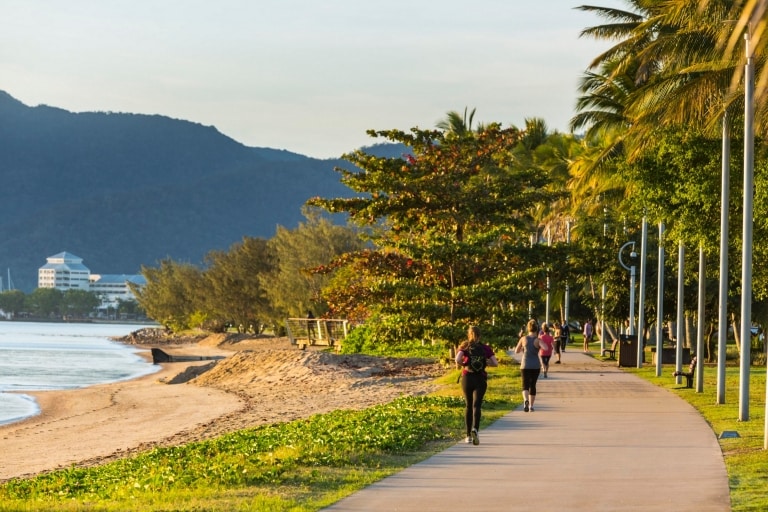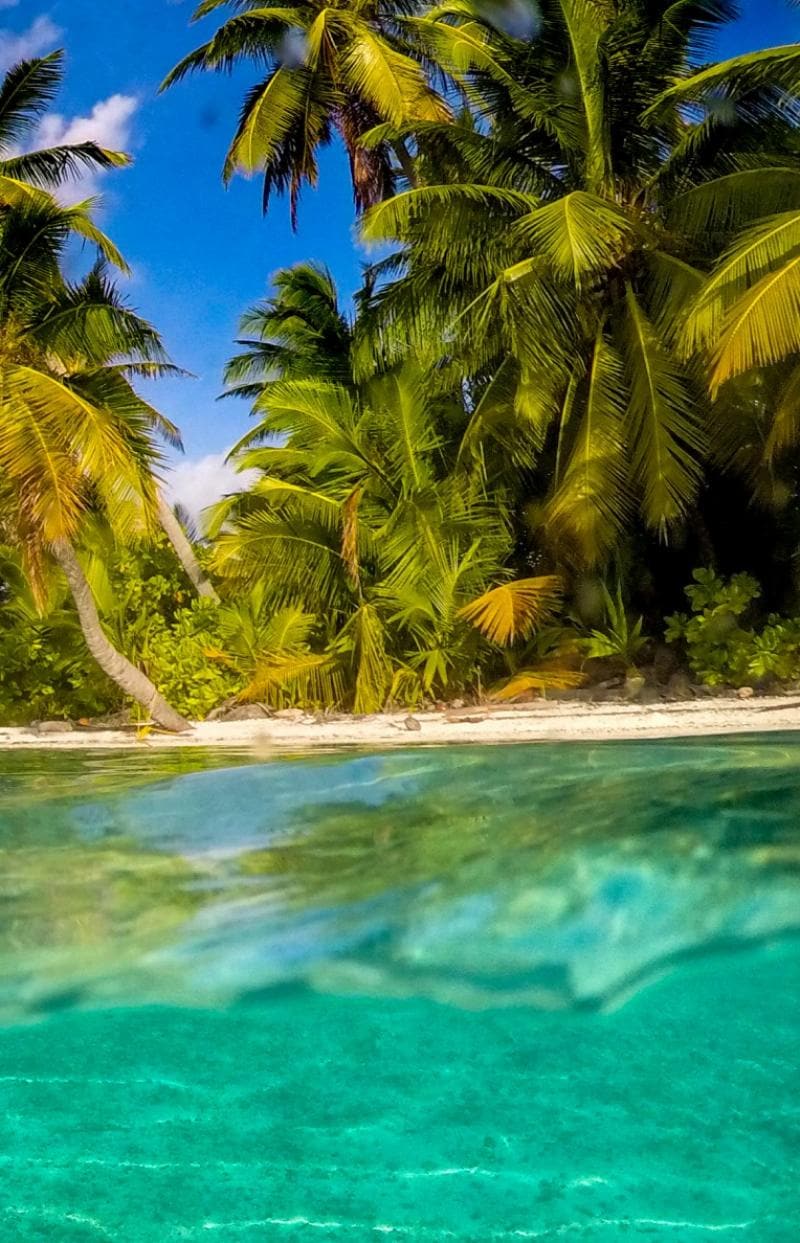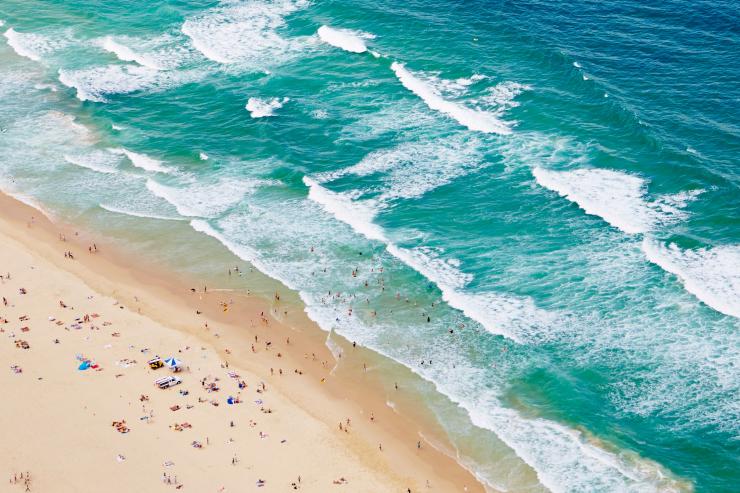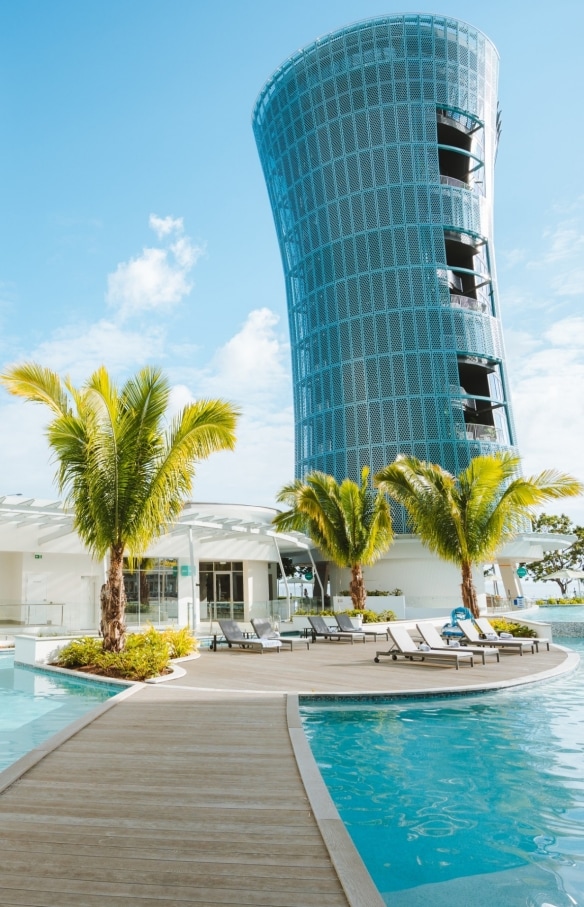Daylight saving is not observed in Queensland. The time zone in Queensland is Australian Eastern Standard Time (AEST), UTC +10.

Weather in Cairns
Find information on temperature, rainfall and seasonal activities to help plan your holiday in Cairns.
What is the weather in Cairns like?
Cairns, in northern Queensland, experiences hot and humid summers and mild, dry winters. The average annual maximum temperature is 29°C (84.2°F), with 62 per cent humidity. Plan ahead with our information on temperature and rainfall.
Summer (December – February)
During summer in Cairns, average temperatures range from 23.6 - 31.4°C (74.5 - 88.5°F). The wet season begins building up around December, and most of the region's annual rainfall (around 2000mm / 78.7 inches) occurs in the summer months.
Autumn (March – May)
It is still very warm in autumn, both day and night, with temperatures averaging between 21.5 - 29°C (70.7 - 84.2°F). The rain subsides from April, however the weather can be windy until August. Prevailing south easterly winds continue until around October.
Winter (June – August)
Winter in Cairns brings slightly cooler temperatures and lower humidity, making it the peak tourist season. Average temperatures range from 17.5 - 26°C (63.5 - 78.8°F) and there is low rainfall.
Spring (September – November)
In spring average temperatures range from 20.5 - 29°C (68.9 - 84.2°F). This is the end of the dry season when humidity starts to build with the onset of the wet season from December. In November the reef comes alive with the annual coral spawning.
Frequently asked questions about the weather in Cairns
Seasonal weather in Cairns
SUMMER
| Weather Categories | Dec | Jan | Feb |
|---|---|---|---|
| 31.4 89 | 31.4 89 | 31.2 88 | |
| 23.4 74 | 23.7 75 | 23.8 75 | |
| 178.8 | 395.3 | 450.6 | |
| 10.7 | 15.6 | 16.4 |
AUTUMN
| Weather Categories | Mar | Apr | May |
|---|---|---|---|
| 30.6 87 | 29.2 85 | 27.6 82 | |
| 23.1 74 | 21.6 71 | 19.9 68 | |
| 427.7 | 196.5 | 90.2 | |
| 16.2 | 14.8 | 10.3 |
WINTER
| Weather Categories | Jun | Jul | Aug |
|---|---|---|---|
| 26 79 | 25.7 78 | 26.6 80 | |
| 17.8 64 | 17.1 63 | 17.4 63 | |
| 45.5 | 29.3 | 27 | |
| 6.8 | 5.4 | 4.9 |
SPRING
| Weather Categories | Sep | Oct | Nov |
|---|---|---|---|
| 28.1 83 | 29.5 85 | 30.6 87 | |
| 18.7 66 | 20.6 69 | 22.3 72 | |
| 33.7 | 46.6 | 93.8 | |
| 4.9 | 5.6 | 8 |


































































































































